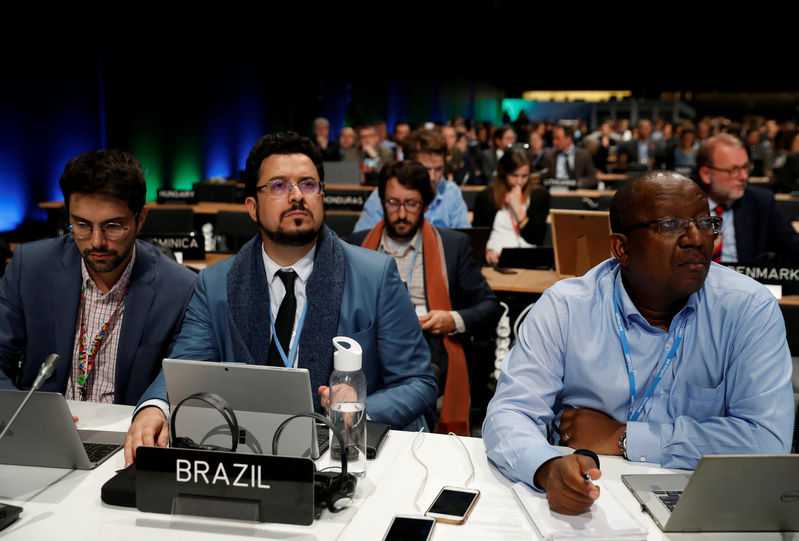Key outcomes from COP24
17 December, 2018

U.N. climate talks ending Saturday in Katowice, Poland, delivered a milestone rule book for the Paris climate treaty, but failed to dial up national efforts to slash carbon emissions.
The 195-nation pact calls for capping the rise in Earth’s temperature at “well under” 2 C, and 1.5 C if possible.
Here are three key outcomes from the 13-day meeting.
Not ambitious enough?
After a sobering U.N. report in October showed the need for slashing greenhouse gas emissions by nearly 50 percent by 2030 to cap global warming at 1.5 C, the world — and especially poor countries already reeling from climate-addled extreme weather — looked to the U.N. talks for a sign that nations would ramp up voluntary carbon-cutting pledges.
Even if fulfilled, these promises will see temperatures rise more than 3 C above pre-industrial levels, a recipe for global chaos, say scientists. On current trends, the increase would be higher still.
The binding decisions assiduously avoid a clear call for higher ambition in reducing greenhouse gas pollution before 2020, when the Paris Agreement becomes operational.
Parties to the 195-nation talks could not even agree to “welcome” the findings of the Intergovernmental Panel on Climate Change (IPCC) report on 1.5 C, as urged by at-risk nations.
“What we’ve seen in Poland reveals a fundamental lack of understanding of our current crisis,” said Manuel Pulgar-Vidal, leader of WWF’s Climate and Energy Practice. “We need all countries to commit to raising climate ambition before 2020.”
‘Loss and damage’
The Paris Agreement guarantees smaller developing countries — historically blameless for global warming — $100 billion per year starting from 2020 to green their economies and cope with future climate impacts.
The rules also enjoin rich nations to boost support over the next two years, and provide hard data on where future financial flows will come from.
Climate-vulnerable nations were also hoping to get some visibility on what happens after 2025, when the $100-billion pledge expires, as well as on vaguely worded commitments to provide a separate stream of money — under the heading “loss and damage” — to help cope with climate impacts here and now.
The run-up to Katowice saw a new round of pledges, including €1.5 billion from Germany and €500 million from Norway for the Green Climate Fund. The new decisions also allay some of the concerns about the opaqueness of future financing — though not after 2025.
“It’s good that some of this predictability has been achieved,” said Mohamed Adow, climate lead for Christian Aid. “But rich countries have been allowed to count almost anything and everything as climate finance, including commercial loans.”
Global economy
Nations pressing for urgent action also sought language in the final “COP decisions” that would highlight the need to boost financing beyond climate-specific sectors such as development of renewables or efficiency improvements in buildings.
Facing down the existential threat of climate change also means “making finance flows consistent with a pathway towards low greenhouse gas emissions and climate-resilient development” across the entire global economy, the Paris Agreement says.
The complicated Katowice decisions will give cover both to nations that seek to expand the climate imperative as broadly as possible, and those that prefer a narrow interpretation, experts said.
“Markets play a very important role if we are going to be ambitious,” Canadian environment minister Catherine McKenna told AFP. “We need to use the private sector, we need the billions to flow into trillions.”
TAG(s):
